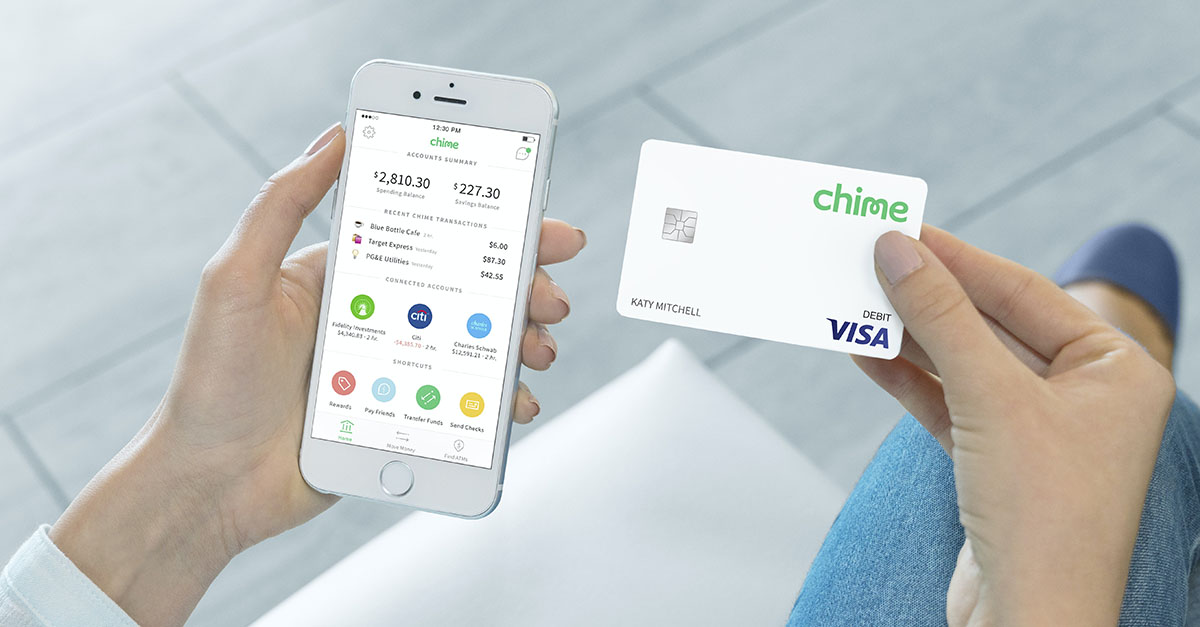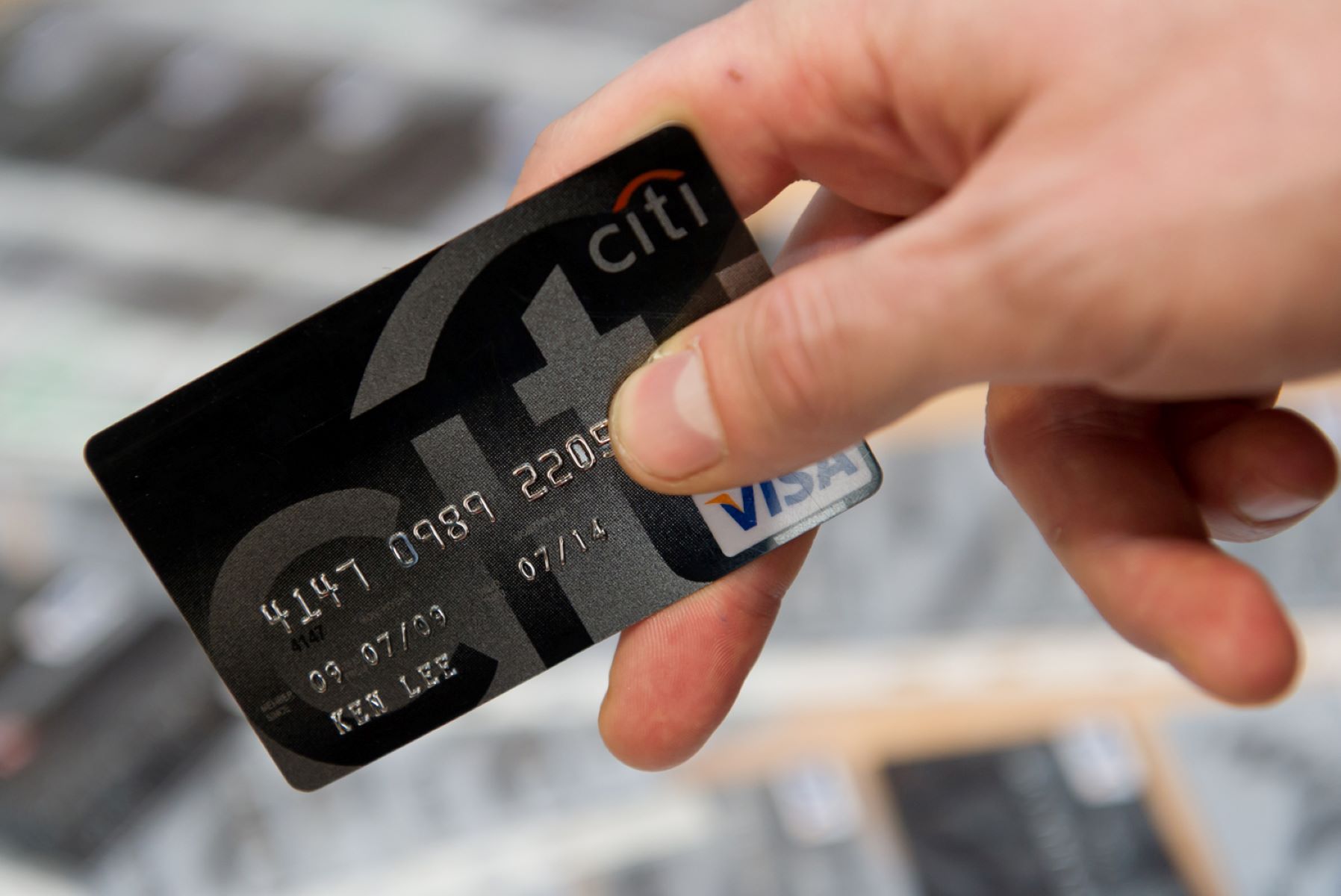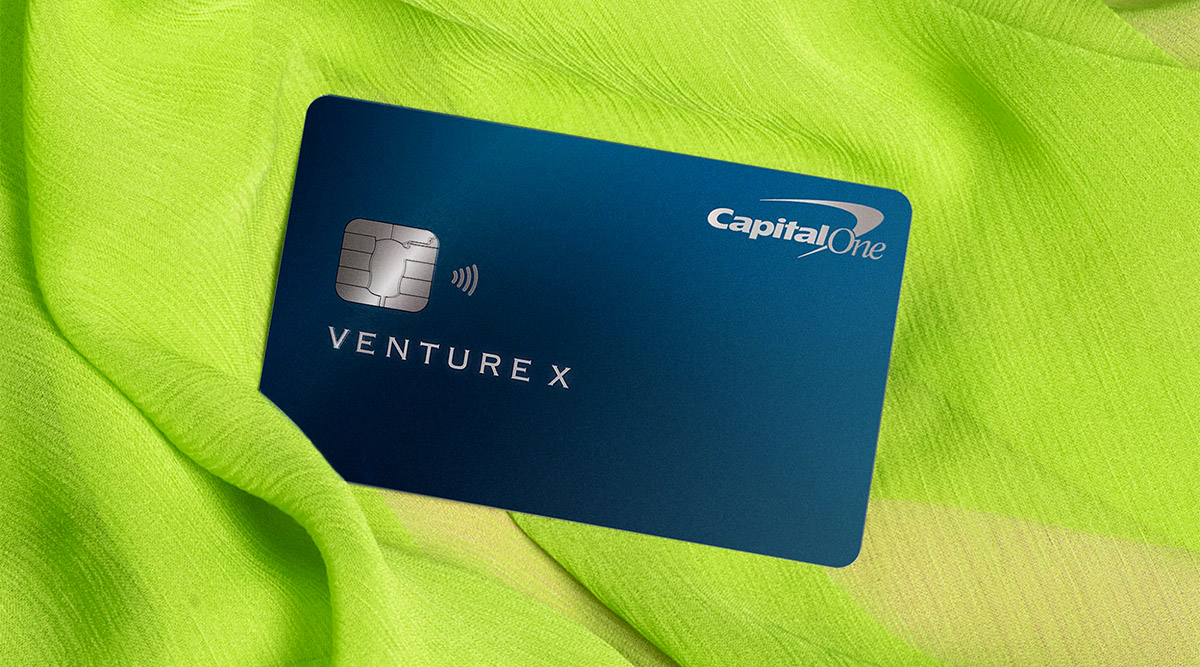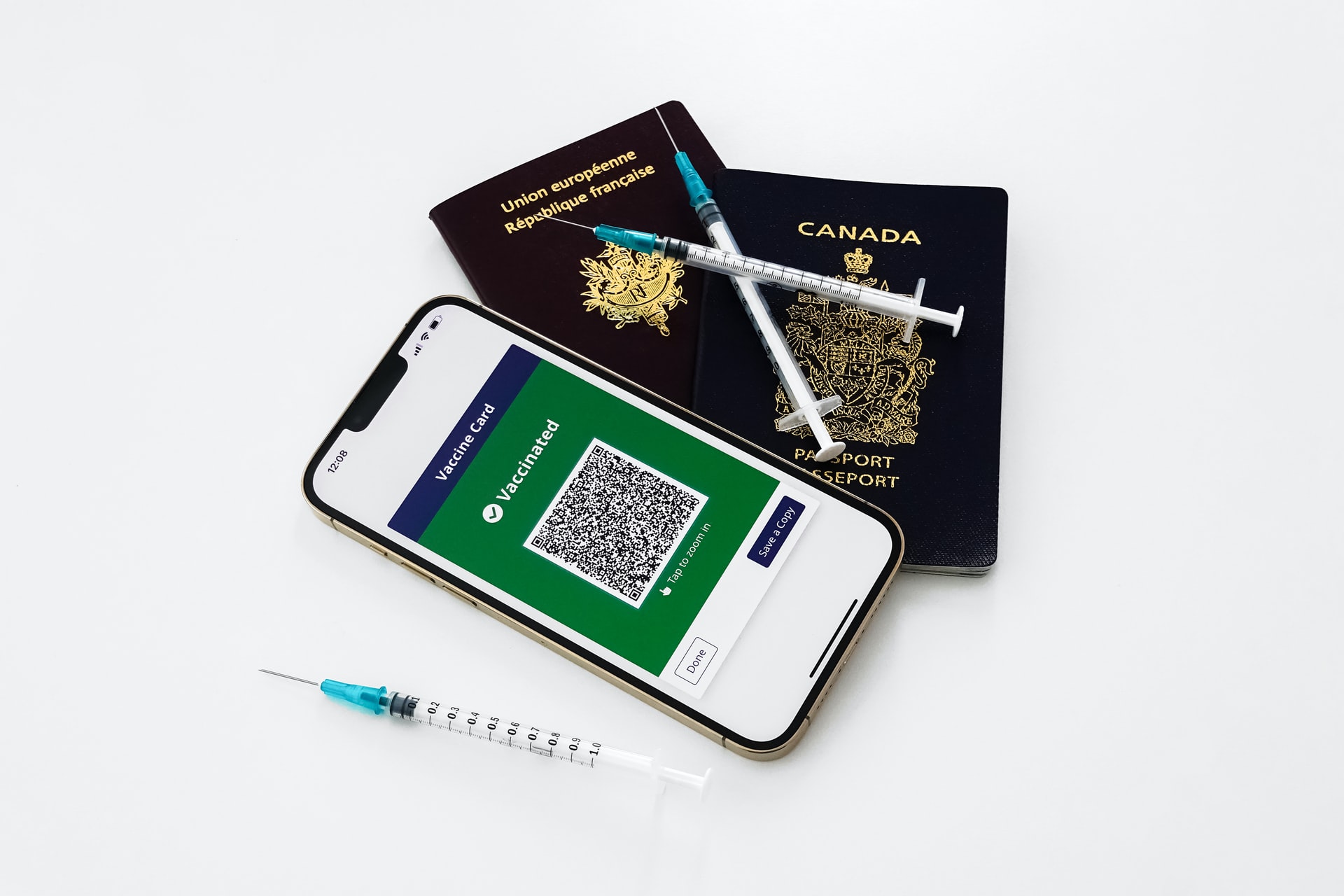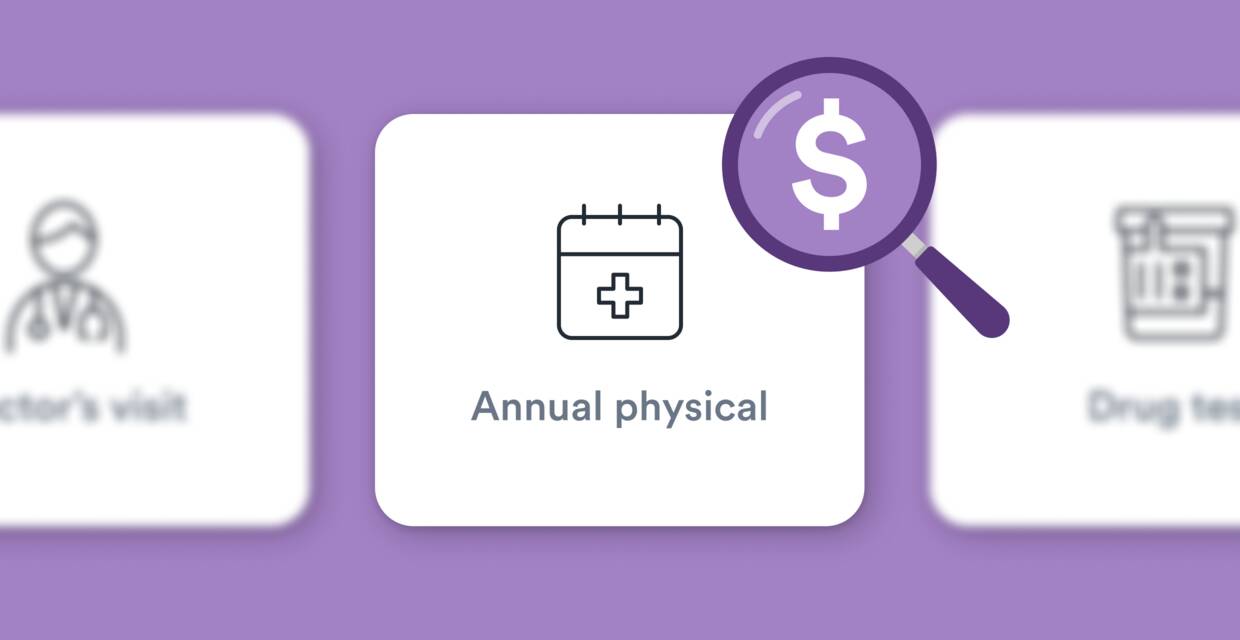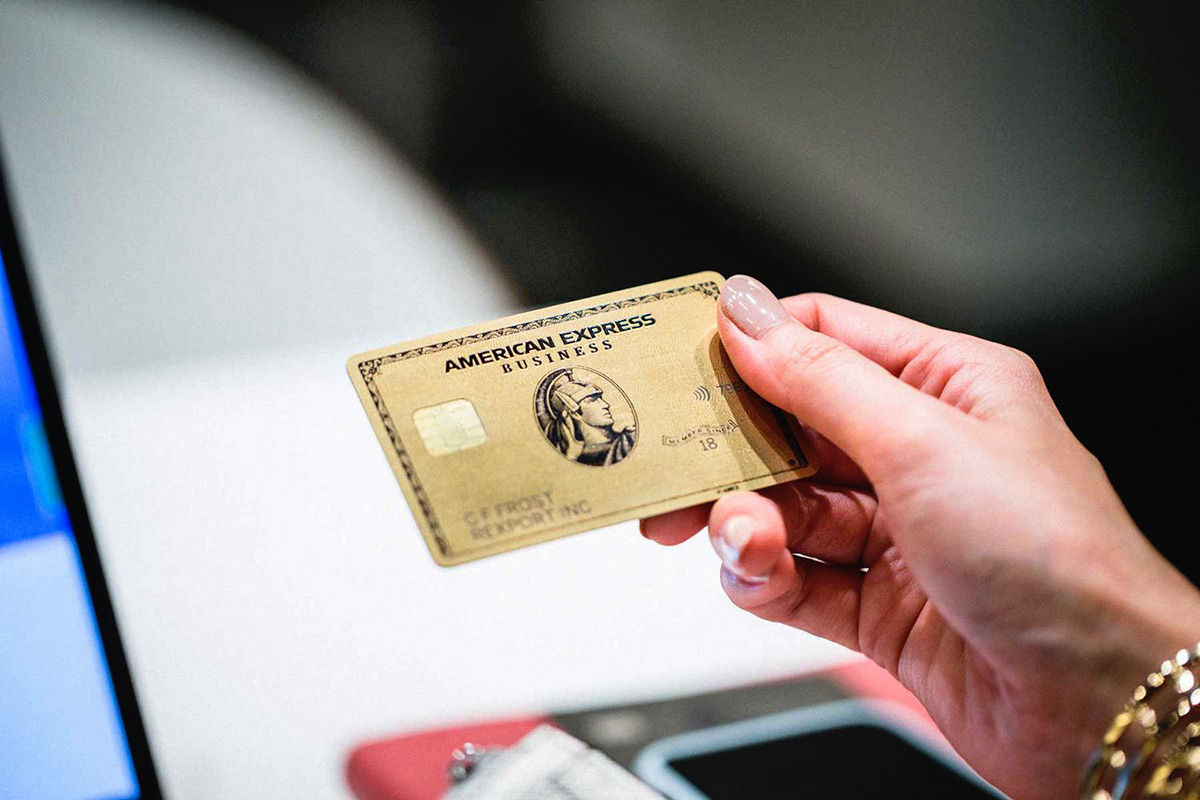Home>Finance>What Is The Policy Number On My Insurance Card?
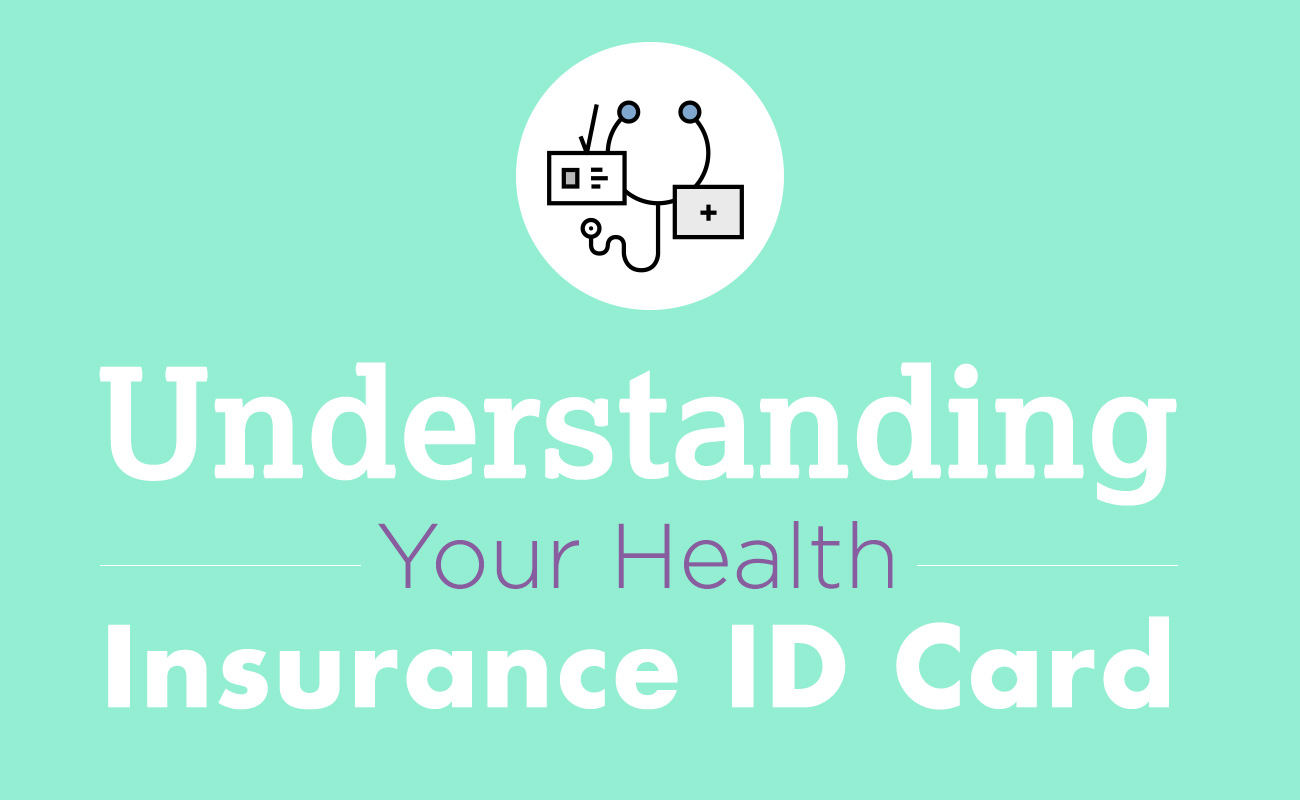

Finance
What Is The Policy Number On My Insurance Card?
Modified: February 21, 2024
Find out the policy number on your insurance card and manage your finances with ease. Learn more about insurance policies and their identification numbers.
(Many of the links in this article redirect to a specific reviewed product. Your purchase of these products through affiliate links helps to generate commission for LiveWell, at no extra cost. Learn more)
Table of Contents
Introduction
Welcome to the world of insurance, where policies and numbers come together to protect you and your assets. If you’ve ever looked at your insurance card, you may have noticed a series of numbers and information printed on it. One of the most important numbers displayed is the policy number. But what exactly is the policy number on your insurance card, and why is it so crucial?
In this article, we will delve into the intricacies of insurance cards and unravel the significance of the policy number. We will explore its definition, highlight its importance, and guide you on how to locate it on your insurance card. So, whether you’re a seasoned insurance holder or a newcomer navigating the complexities of insurance, read on to gain a deeper understanding of the policy number and its role in your coverage.
Insurance policies serve as a contract between you and your insurance provider, outlining the terms and conditions of your coverage. These policies are associated with unique identifying numbers, known as the policy number. This alphanumeric code is like a fingerprint for your insurance plan and distinguishes it from other policies offered by the same company.
The policy number acts as a reference point for your insurance carrier to access and manage your coverage details. With this number, your provider can easily retrieve information about your policy, such as coverage limits, deductibles, and effective dates. It helps in streamlining communication between policyholders, insurance agents, and claims adjusters, ensuring that the right information is readily available when needed.
Understanding Insurance Cards
Insurance cards are a fundamental component of your insurance coverage. Typically provided by your insurance company, these cards contain important information that verifies your eligibility for benefits and serves as proof of insurance. They are often carried in your wallet or purse for easy access whenever necessary.
Insurance cards typically include details such as your name, policy number, insurance company contact information, and other pertinent information specific to your coverage. They are designed to be concise and portable, allowing you to present them when receiving healthcare services or in the event of an accident or emergency.
These cards can be used by healthcare providers to confirm your policy information, determine coverage eligibility, and bill the appropriate party for services rendered. For example, if you visit a doctor’s office or hospital, you will likely be asked to provide your insurance card so that they can verify your coverage and process insurance claims on your behalf.
It’s important to note that each family or individual covered under an insurance policy typically receives their own insurance card, complete with a unique policy number. This ensures that each member’s coverage can be identified and managed separately.
Insurance cards may also include other relevant information, such as the name of the primary policyholder, the types of coverage provided (such as medical, dental, or vision), and any dependents covered under the policy. This information helps to establish the scope of coverage and facilitates accurate billing and claims processing.
Understanding the layout and details on your insurance card is crucial for effectively utilizing your insurance benefits. Familiarize yourself with the information included on the card and keep it readily accessible. In the next section, we will focus specifically on the policy number and its significance in your insurance card.
Insurance Policy Number: Definition
The insurance policy number is a unique identifier assigned to an insurance policy by the insurance company. It serves as a reference code that helps to distinguish one policy from another within the insurance company’s database. Think of it as a digital fingerprint for your insurance coverage.
This alphanumeric code varies in length and format depending on the insurance company. It may consist of a combination of letters, numbers, or a combination of both. The policy number is typically found on the front of your insurance card, displayed prominently for easy identification.
It’s important to understand that the policy number is specific to an individual insurance policy. If you have multiple insurance policies with the same insurer, each policy will have its own unique policy number. This ensures that the insurer can accurately identify and manage each policy separately.
The policy number is a critical piece of information as it is used by insurance providers to access and retrieve policy-specific details. It helps in managing policyholder information, processing claims, and facilitating communication between the policyholder, insurance provider, and healthcare providers.
When communicating with your insurance company or healthcare providers, the policy number is often requested to accurately access your coverage and ensure that the information provided is applicable to your specific policy. It is also important to safeguard your policy number and treat it as confidential information, as it can be used to access and manipulate your insurance coverage.
Now that we’ve defined the insurance policy number and its significance, let’s move on to the next section to understand why the policy number holds such importance in your insurance coverage.
Importance of the Policy Number
The policy number on your insurance card holds significant importance in your insurance coverage. It serves as a key identifier for your specific policy and plays a crucial role in various aspects of insurance management and communication. Here are some reasons highlighting the importance of the policy number:
- Policy Identification: The policy number acts as a unique identifier for your insurance plan. It allows your insurance provider to quickly and accurately identify your policy among the countless policies they handle.
- Policy Verification: When seeking medical services or making a claim, healthcare providers and insurance personnel rely on the policy number to verify your coverage. It helps to ensure that the services or claims being processed are attributed to the correct policy.
- Claims Processing: When submitting a claim for reimbursement or payment, the policy number on your insurance card is used by insurance companies to locate your policy details and accurately process the claim. This helps to expedite the claims process and ensure that you receive the benefits you are entitled to under your policy.
- Customer Service: If you need to contact your insurance provider for inquiries, changes in coverage, or any issues related to your policy, the policy number is often required. This unique number allows insurance representatives to access your policy information promptly, allowing for efficient and accurate customer service.
- Policy Updates and Changes: If you need to make changes to your policy, such as adding or removing coverage options, updating personal information, or adjusting deductibles, the policy number is necessary to ensure that the changes are applied to the correct policy.
- Policy Renewal: The policy number is utilized during the renewal process to retain your current policy details and coverage. It helps to streamline the policy renewal process and ensures that any changes or updates are accurately applied to your continued coverage.
Overall, the policy number serves as a crucial link between you, your insurance provider, and other parties involved in your policy management. It enables seamless communication, efficient claims processing, and effective customer service, all while ensuring that your coverage is accurately identified and managed.
In the next section, we will provide guidance on locating the policy number on your insurance card.
Locating the Policy Number on an Insurance Card
Locating the policy number on your insurance card is essential for quick and convenient access to your policy details. While the specific placement of the policy number may vary depending on the insurance company, there are some common locations where you can find it on your insurance card. Here are a few tips to help you locate the policy number:
- Front of the Card: In many cases, the policy number is prominently displayed on the front of your insurance card. It is often located near the top or bottom of the card and is typically labeled as “Policy Number” or “ID Number.” Look for a series of alphanumeric characters.
- Back of the Card: Some insurance cards may have the policy number printed on the back, usually in a corner or margin. Check both sides of your card to ensure you do not miss the policy number.
- Member Information Section: Your insurance card may have a designated section where member information is displayed. This section often includes your name, member ID, and policy number. Look for headings or labels indicating policy details.
- Contact Information Section: Insurance cards often provide contact information for your insurance provider. In some cases, the policy number may be listed alongside the contact information or in close proximity to it. Check the contact information section for your policy number.
- Format and Placement: Pay attention to the format and placement of the policy number on your card. It may be a series of letters and numbers, all numbers, or a combination of both. The policy number may be preceded by a specific identifier or label, such as “Policy #” or “Policy Number:”
If you are having trouble locating the policy number on your insurance card, it is best to contact your insurance provider directly. They will be able to guide you on where to find the policy number specific to your insurance card and policy.
Remember, the policy number is a crucial piece of information, so it is important to ensure its accuracy when providing it to healthcare providers or when communicating with your insurance company.
Now that you know how to locate the policy number on your insurance card, let’s explore the difference between the policy number and the member ID number in the next section.
Different Insurance Card Formats
Insurance cards can come in various formats, depending on the insurance company and the type of coverage you have. While the overall purpose and information provided on the card remain the same, the design and layout may differ. Here are a few common insurance card formats:
- Traditional Card Format: This format is the most common and familiar. It typically consists of a small, rectangular card made of durable plastic. The front of the card usually displays the insurance company’s name or logo, your name, policy number, and other identifying information. The back of the card may provide additional contact information, instructions, and terms of service.
- Digital or Mobile Card Format: With the advancement of technology, some insurance companies now offer digital or mobile insurance cards. Instead of a physical card, you can access your insurance information through a mobile app or online portal. These digital cards often display the same information as a traditional card, including your policy number, member ID, and contact details. They are convenient for quick access and can be easily stored and retrieved using your smartphone or electronic device.
- Printable Card Format: Some insurance providers offer the option to print a temporary insurance card from their website or online portal. These printable cards usually contain the necessary policy information, including the policy number, member ID, and contact information. They serve as a temporary solution until you receive the physical card in the mail.
- Virtual Card Format: Virtual insurance cards are becoming more common, especially in the healthcare industry. Instead of a physical card or a printable option, virtual cards are accessed through a secure online platform. These virtual cards often contain a unique QR code or digital identifier that can be scanned or presented electronically when seeking healthcare services.
Regardless of the format, it is important to keep your insurance card easily accessible. Whether you carry a physical copy, have a digital version on your phone, or store it securely in an online portal, ensure that you have the necessary information readily available for when you need it.
Understanding the different insurance card formats can help you navigate and utilize your insurance benefits effectively. In the next section, we will clarify the distinction between the policy number and the member ID number.
Policy Number vs. Member ID Number
When it comes to insurance cards, you may come across two different numbers: the policy number and the member ID number. While both numbers are essential for managing your insurance coverage, they serve different purposes. Let’s explore the differences between the policy number and the member ID number:
Policy Number:
The policy number is a unique identifier assigned to your specific insurance policy. It serves as a reference code to distinguish your policy from others within the insurance company’s database. The policy number remains constant throughout the duration of your policy and remains the same even if updates or changes are made to your coverage. Insurance providers use the policy number to access and manage your policy details, process claims, and provide customer service specific to your coverage.
Member ID Number:
The member ID number, on the other hand, is a unique identifier assigned to an individual covered under the insurance policy. Each member covered under the policy, such as a spouse or dependent, will have their own unique member ID number. The member ID number helps identify each individual’s eligibility and tracks their utilization of insurance benefits. This number is often used when seeking healthcare services, submitting claims, or accessing online portals for personalized information.
In summary, the policy number is associated with the entire policy, while the member ID number is specific to an individual covered under the policy. The policy number is used for overall policy management and claims processing, while the member ID number is used to track individual utilization and access personalized information.
It’s important to have both the policy number and the member ID number readily available when communicating with healthcare providers, insurance companies, or customer service representatives. This ensures that the correct policy details and individual information are accurately accessed and managed.
In the next section, we will address some frequently asked questions related to insurance policy numbers and insurance cards.
Frequently Asked Questions (FAQs)
Here are some common questions related to insurance policy numbers and insurance cards:
- What should I do if I lose my insurance card?
- Can I use my insurance card if it has expired?
- What if the policy number on my insurance card is incorrect?
- Can I use my digital insurance card instead of a physical card?
- Is the policy number the same as the group number?
- Is the policy number the same for everyone covered under the policy?
If you lose your insurance card, contact your insurance provider as soon as possible. They will help you obtain a replacement card and ensure that your coverage information remains up to date.
No, if your insurance card has expired, it may no longer be valid. Contact your insurance provider to renew your coverage and receive an updated insurance card.
If you notice an error or discrepancy in your policy number, it’s important to contact your insurance provider immediately. They can verify your information and provide you with the correct policy number.
In many cases, yes. Digital insurance cards are becoming more widely accepted. However, it’s always a good idea to check with your healthcare provider or facility to ensure they accept digital cards before relying solely on a digital version.
No, the policy number and the group number are different. The policy number identifies your specific insurance policy, while the group number identifies the group under which you are insured, such as an employer group plan.
No, each individual covered under the insurance policy will have their own unique member ID number, but they will share the same policy number.
If you have additional questions or concerns regarding your insurance policy number or insurance card, it is best to reach out to your insurance provider directly. They will provide you with accurate and personalized information to address your specific needs.
On that note, we have covered the essential aspects of insurance policy numbers and insurance cards. Let’s conclude the article in the next section.
Conclusion
Understanding your insurance policy number and insurance card is crucial for navigating the world of insurance. The policy number serves as a unique identifier for your insurance coverage, while the insurance card provides important information and proof of insurance.
The policy number plays a vital role in policy management, claims processing, and customer service. It allows your insurance provider to access and retrieve your policy information accurately and efficiently.
Locating the policy number on your insurance card is important for quick access to your coverage details. It is typically found on the front or back of the card, often labeled as “Policy Number” or “ID Number.” Pay attention to the format and placement of the policy number to ensure its accuracy.
Different insurance cards come in various formats, including traditional cards, digital or mobile cards, printable cards, and virtual cards. Familiarize yourself with the format of your insurance card and keep it easily accessible for when you need it.
It’s crucial to differentiate between the policy number and the member ID number. The policy number identifies the insurance policy as a whole, while the member ID number is specific to an individual covered under the policy. Both numbers are essential for accurate communication and management of your insurance coverage.
If you have any questions or concerns about your insurance policy number or insurance card, reach out to your insurance provider directly. They will have the most accurate information related to your specific policy.
Remember to keep your insurance card safe and readily available, whether in physical or digital format, to ensure easy access to your policy details whenever needed.
We hope this article has provided valuable insights into the policy number on your insurance card and its significance. Stay informed, protect your assets, and make the most out of your insurance coverage!
